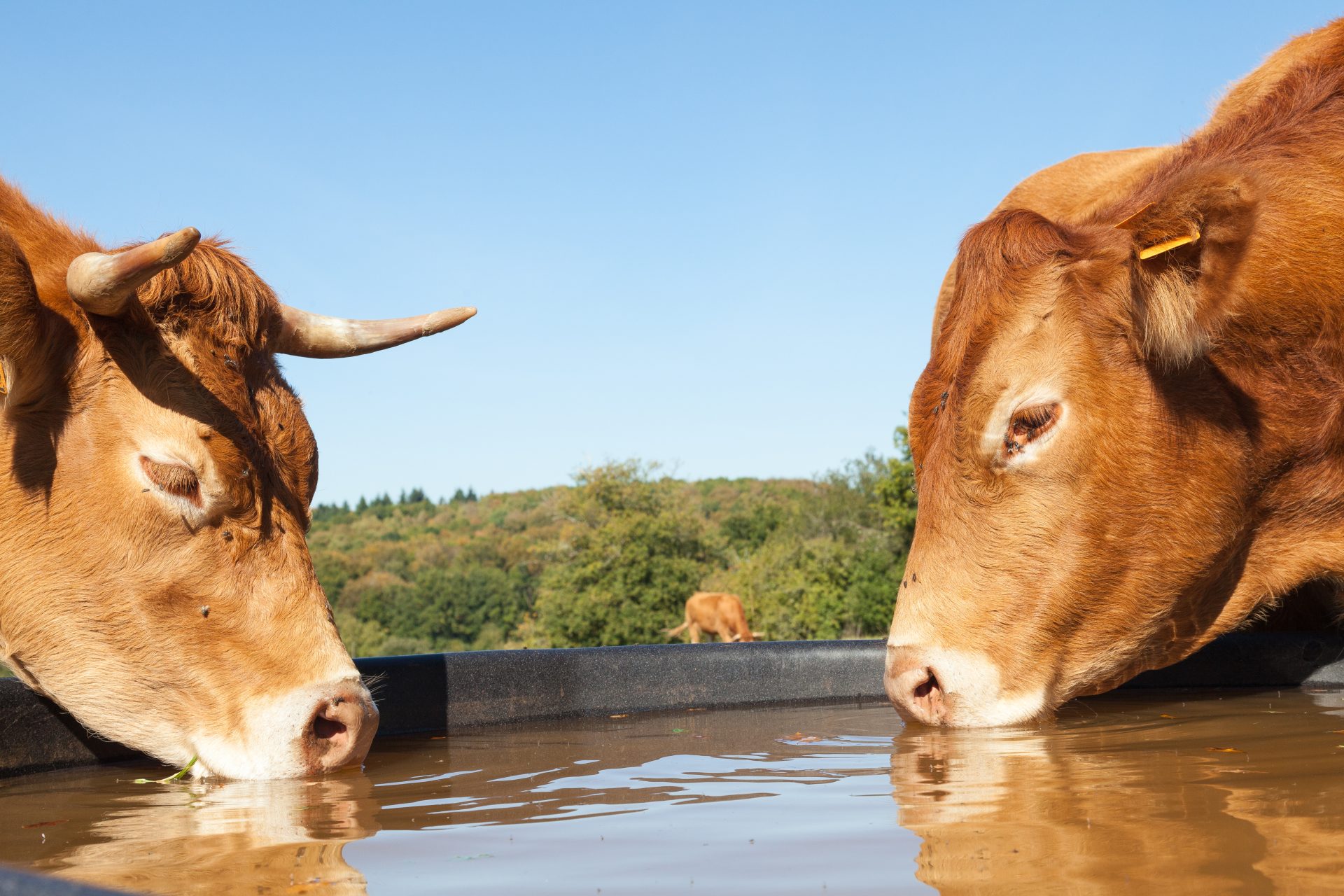
Some media reports suggest the number was close to 10,000 head of cattle that died.
Scarlett Hagins, Vice President for Communications with the Kansas Livestock Association says the weather conditions over the June 10th weekend brought a rapid increase in temperature.
“…about ten to 14 degrees almost overnight increase in temperature. No wind, high humidity, the lows only falling to around 70 degrees overnight, and that nighttime is really when cattle release some of their heat load, and when those temperatures stay that high overnight, they really can’t do that. And all of that, combined in a short amount of time, led to some heat stress issues and those cattle, they didn’t have time to acclimate during that short amount of time.”
In those western counties of Kansas, Hagins says cattle are accustomed to the heat, but not the humidity.
“Cattle don’t handle humidity as well in a shortchange. They can acclimate to almost anything if you give them a little time, but that rapid increase in humidity really impacts them pretty harshly, and they’re not used to that. In that portion of the state, it’s normally a dry heat, if you will. And so, when you have that rapid increase in temperature and that high humidity and really not getting to cool off at night, it impacts them, because that heat load just stays with them from day after day after day.”
The following recommendations come from Michigan State Extension to help keep your cattle cool:
- Avoid handling, transporting, moving, or processing cattle. If cattle must be handled, work them in the early morning hours using low-stress handling techniques.
- Provide additional water. For cattle on pasture, provide additional water supply, especially if they only have access to one tank in the pastures. Provide additional tank capacity as water intake increases. Check to make sure that water sources are clean and free of contaminants, defecation in a small portable watering tank will prevent cattle from drinking. Cattle prefer water between 40 -65 degrees F, water intake decreases when water temperature exceeds 80 degrees F. Producers can help keep the water cooler by ensuring that the water lines are covered by grass in the fence rows.
- Observe cattle for abnormal behavior. Problems often occur during stressful events. Watch cattle movement, location and behavior for indications of problems. Have a backup plan ready if power or water systems fail.
- Provide shade. During heat stress days, shade is critical especially for dark-haired, fleshy, young and older cattle. Shade can easily be provided by allowing access to pasture with trees or providing access to open buildings. If shaded pasture acres are limited these pastures must not be grazed during the days with normal temps so that pasture forage will be there when heat stress temperatures arrive.
- Provide adequate ventilation. If cattle are being fed and housed in an enclosed barn or building, use fans to move air out or through the building or open sides of the barn or provide access to an outside pen or pasture with shade. Using sprinklers in this situation will potentially intensify the problem and create more humidity without proper air movement to remove it from the building.
There are several stages of heat stress with the following indicators. When first signs of heat stress are observed, minimize the stress immediately with the tips above. Early intervention is the key to survival, especially providing intervention in the evening when cattle are trying to dissipate heat from the day.
Signs of Heat Stress
The following are signs of heat stress, per the USDA’s Agricultural Research Service:
- Stage 1: elevated breathing rate, restless, spend increased time standing
- Stage 2: elevated breathing rate, slight drooling, most animals are standing and restless
- Stage 3: elevated breathing rate, excessive drooling or foaming, most animals are standing and restless, animals may group together
- Stage 4: elevated breathing rate, open mouth breathing, possible drooling, most animals standing, animals may group together
- Stage 5: elevated breathing with pushing from the flanks, open mouth breathing with tongue protruding, possible drooling, most animals standing and restless
- Stage 6: open mouth breathing with tongue protruding, breathing is labored, and respiration rate may decrease, cattle push from flanks while breathing, head down, not necessarily drooling, individual animals may be isolated from the herd.
Stress Categories
The chart below illustrates stress categories as defined by predicted breathing rate.
| Predicted Breathing Rate | Heat Stress Category |
| Less than 90 breaths per minute | Normal |
| From 90 – 110 breaths per minute | Alert |
| From 110 – 130 breaths per minute | Danger |
| Above 130 breaths per minute | Emergency |
